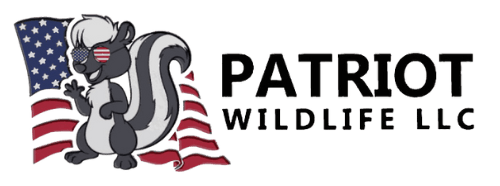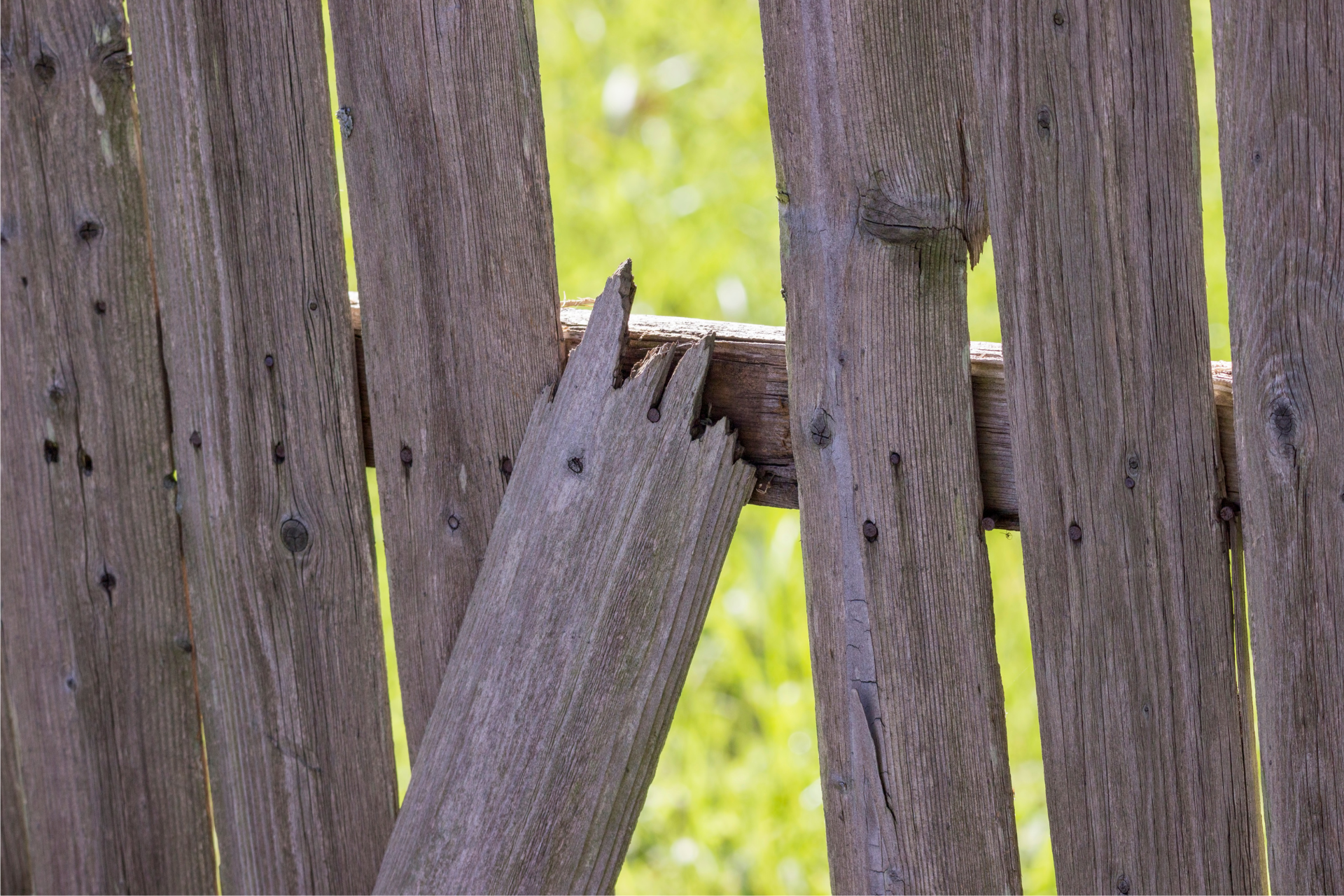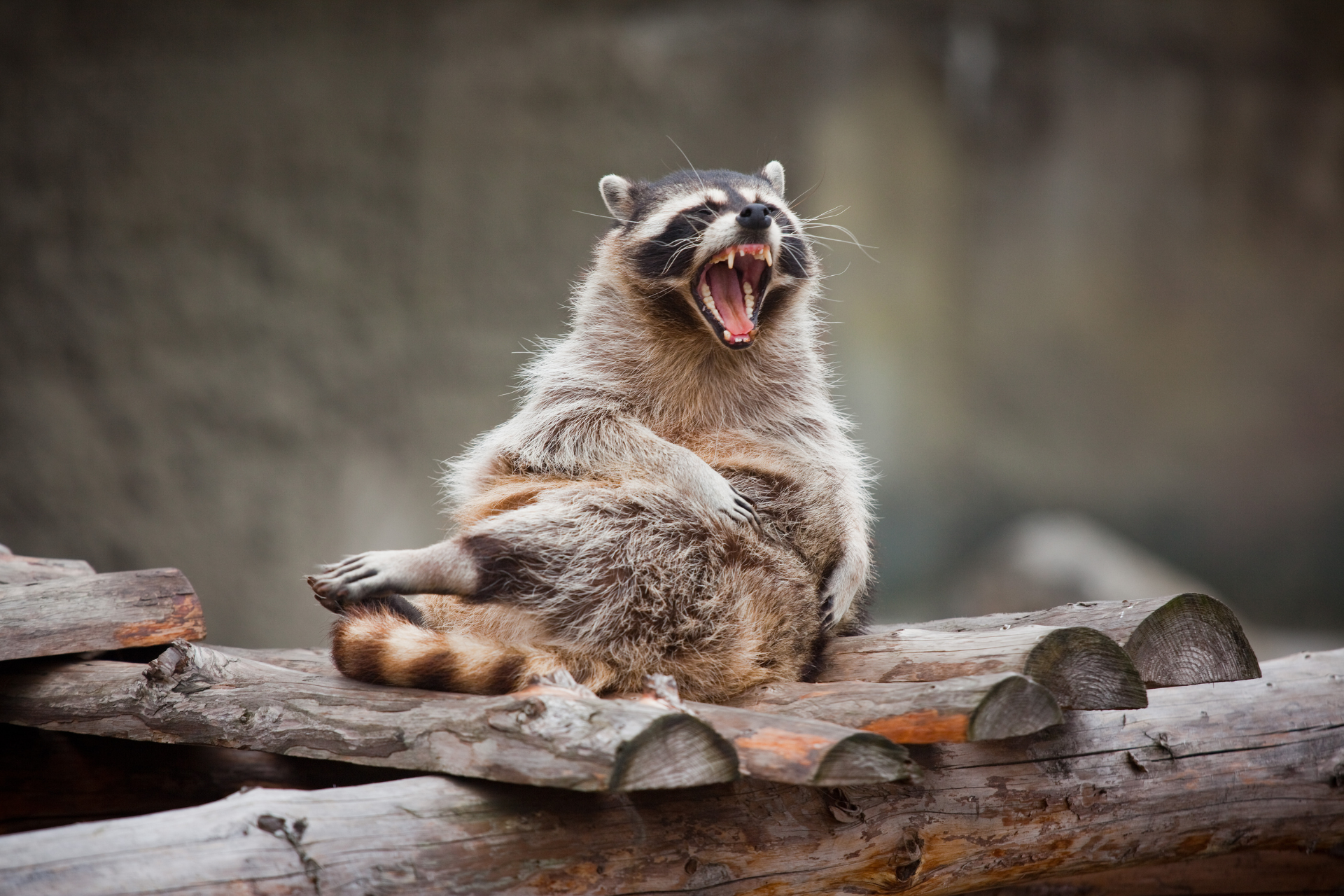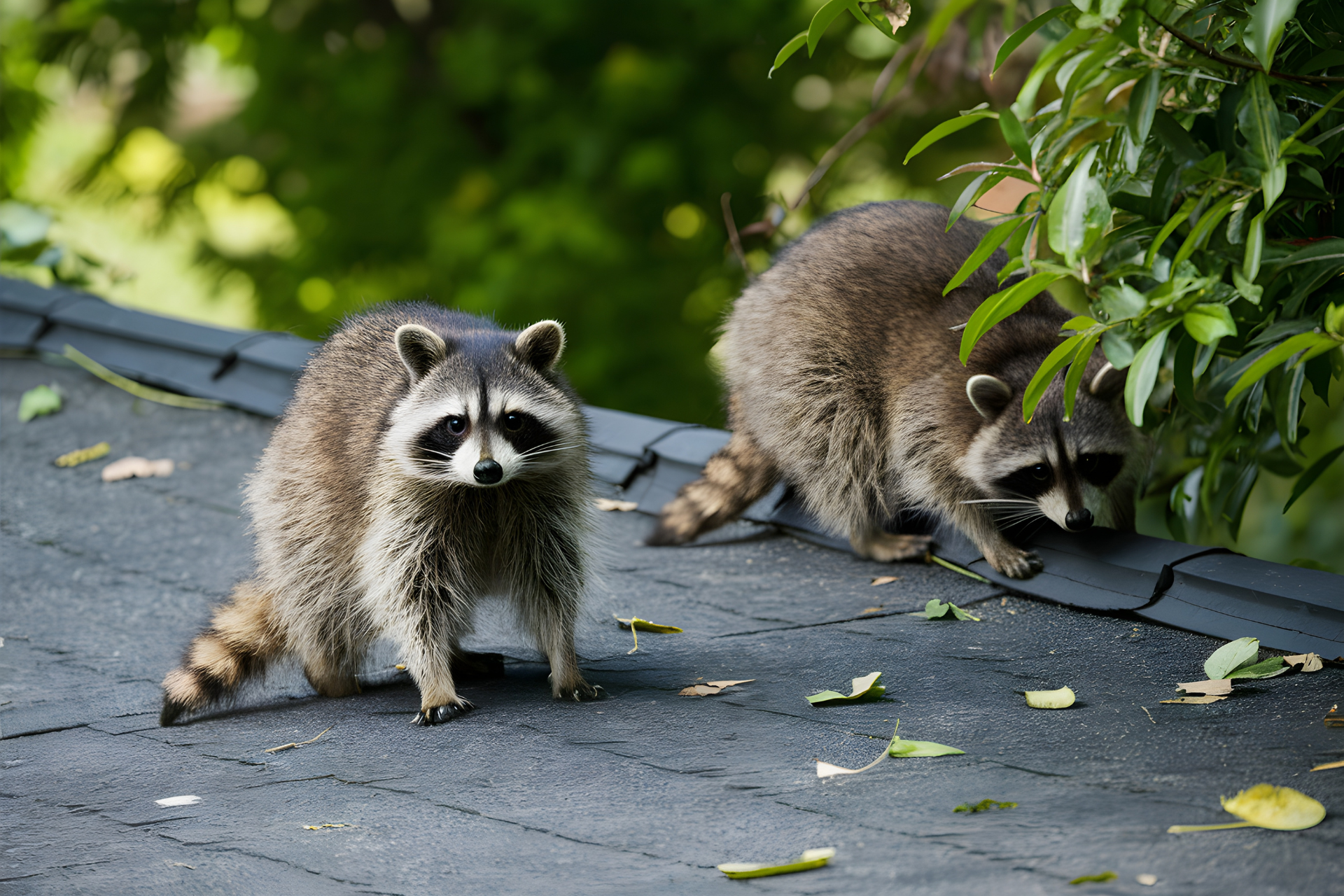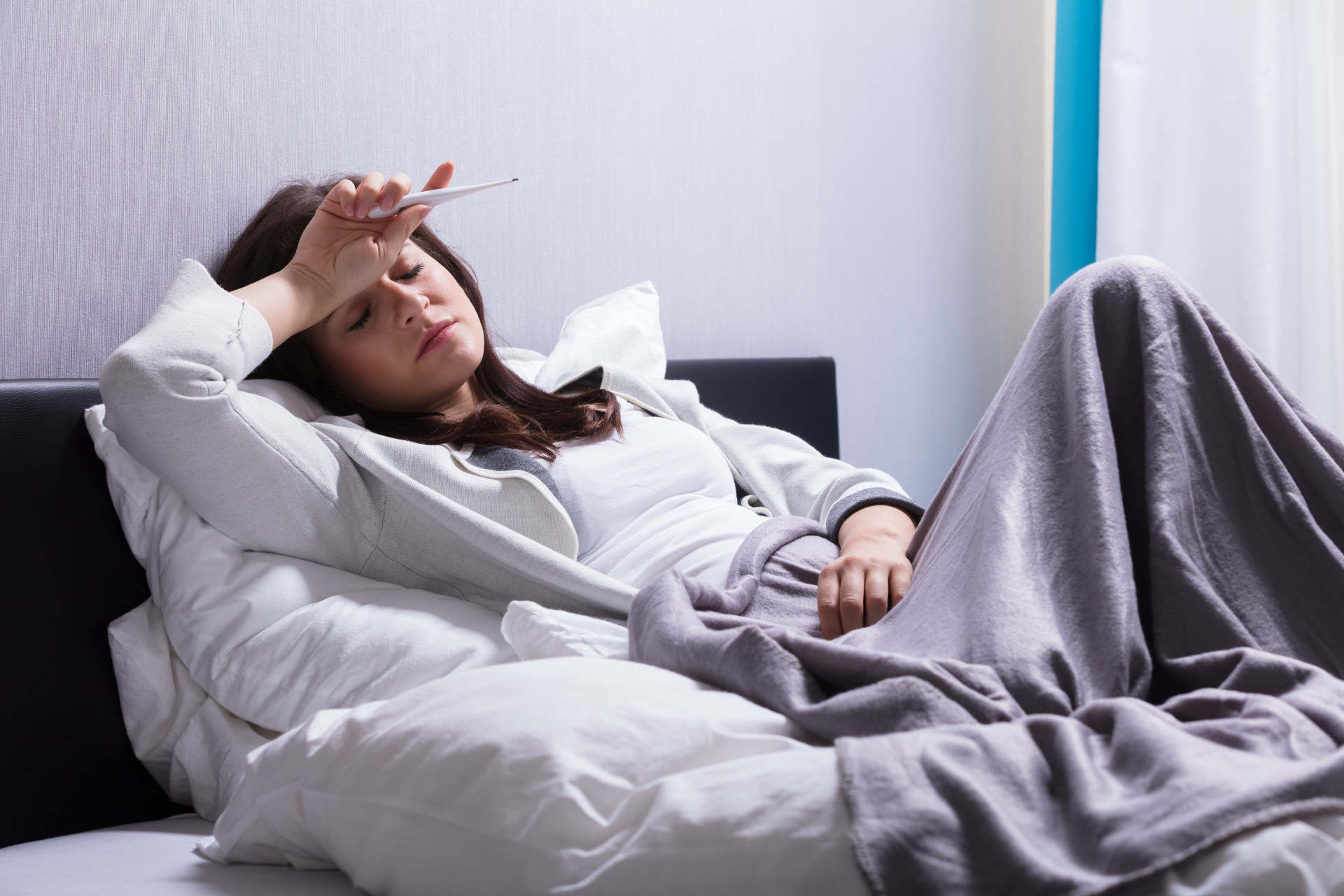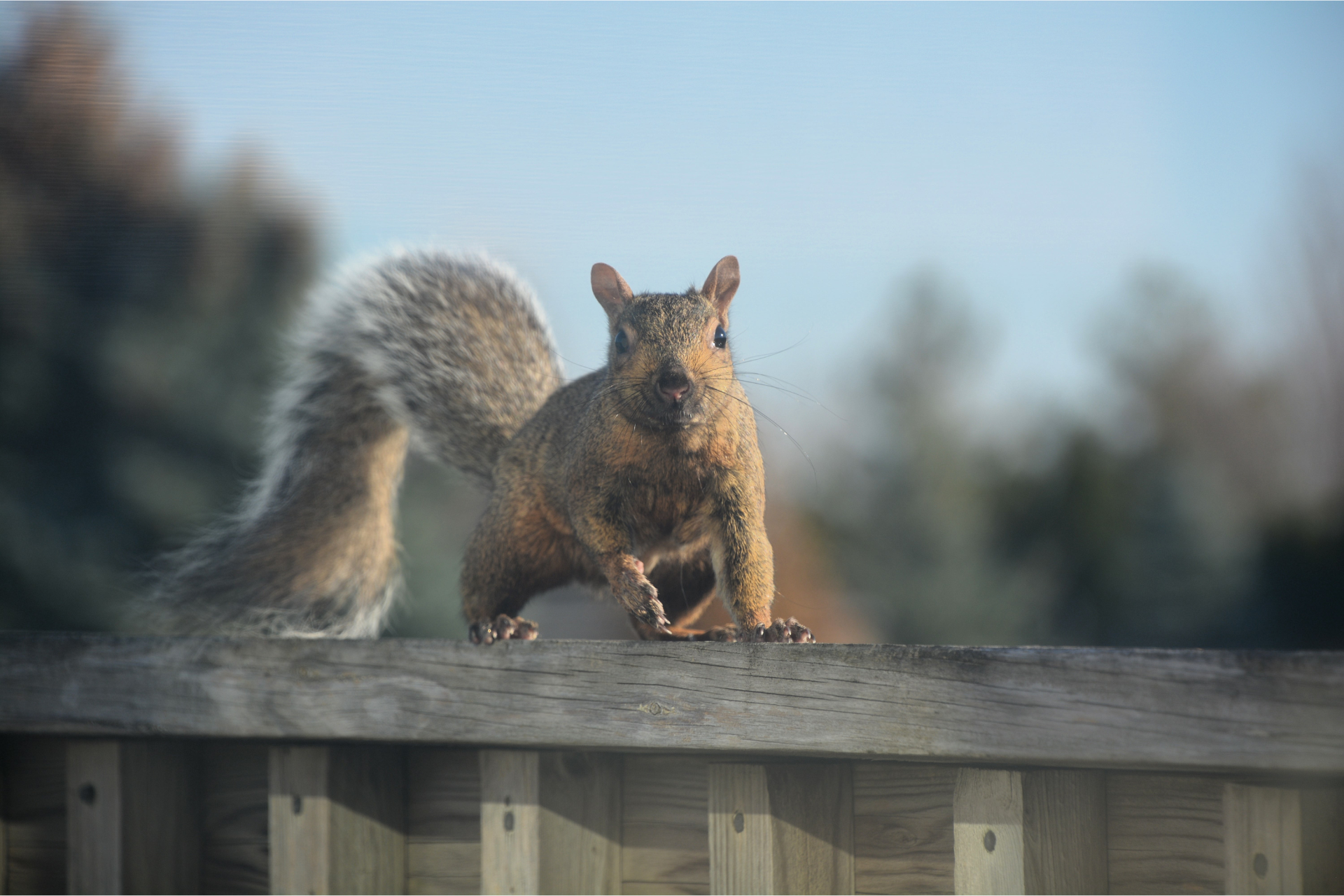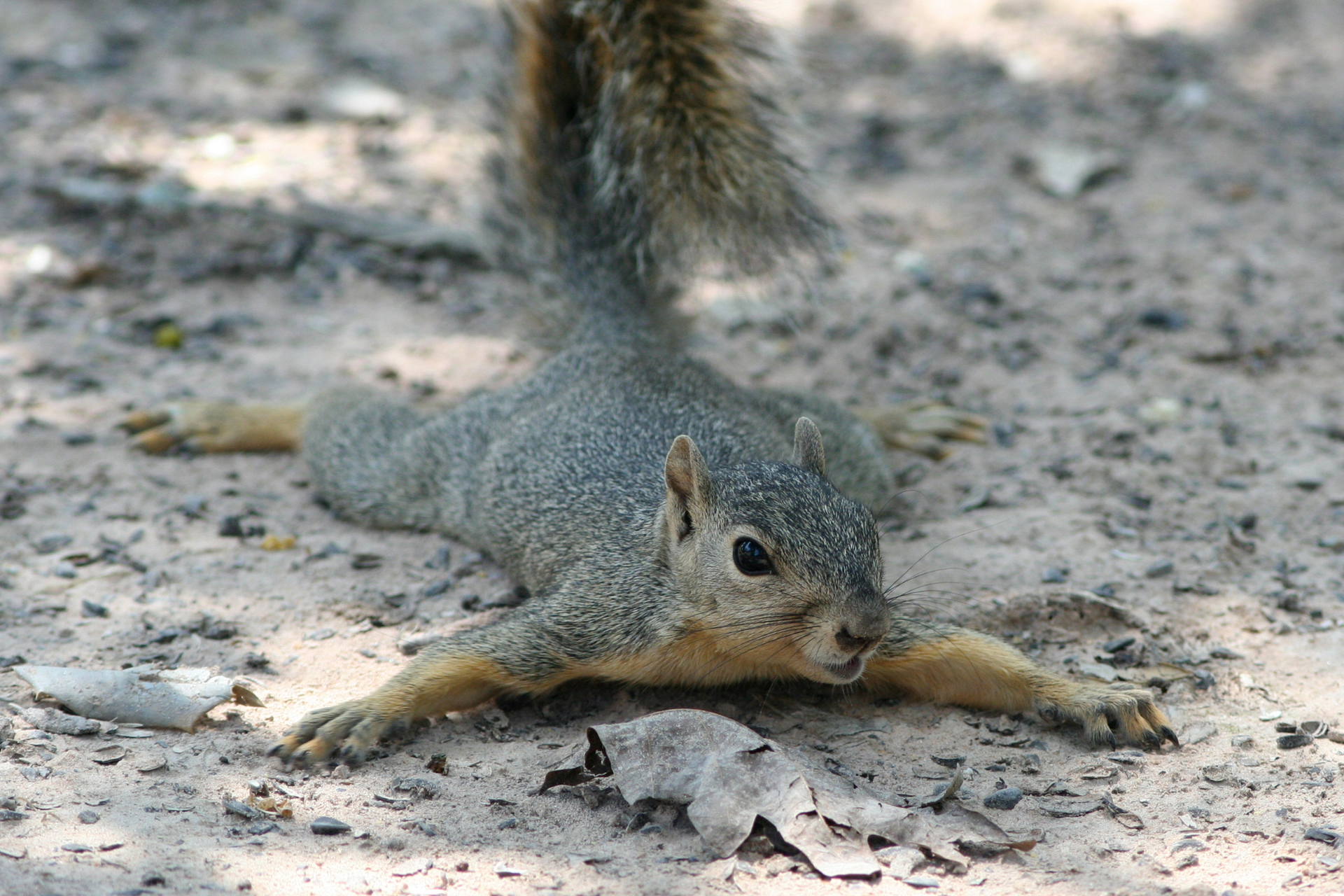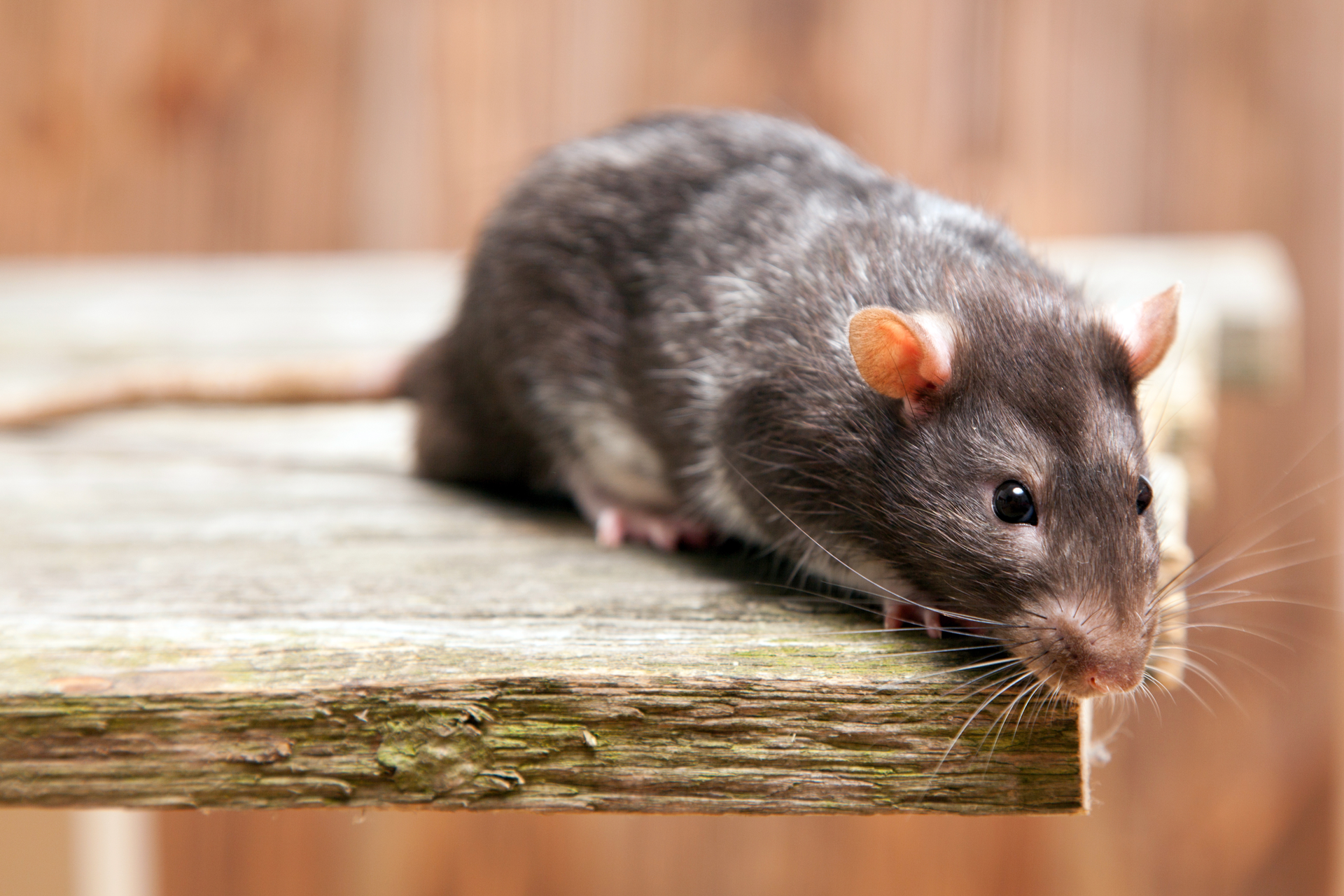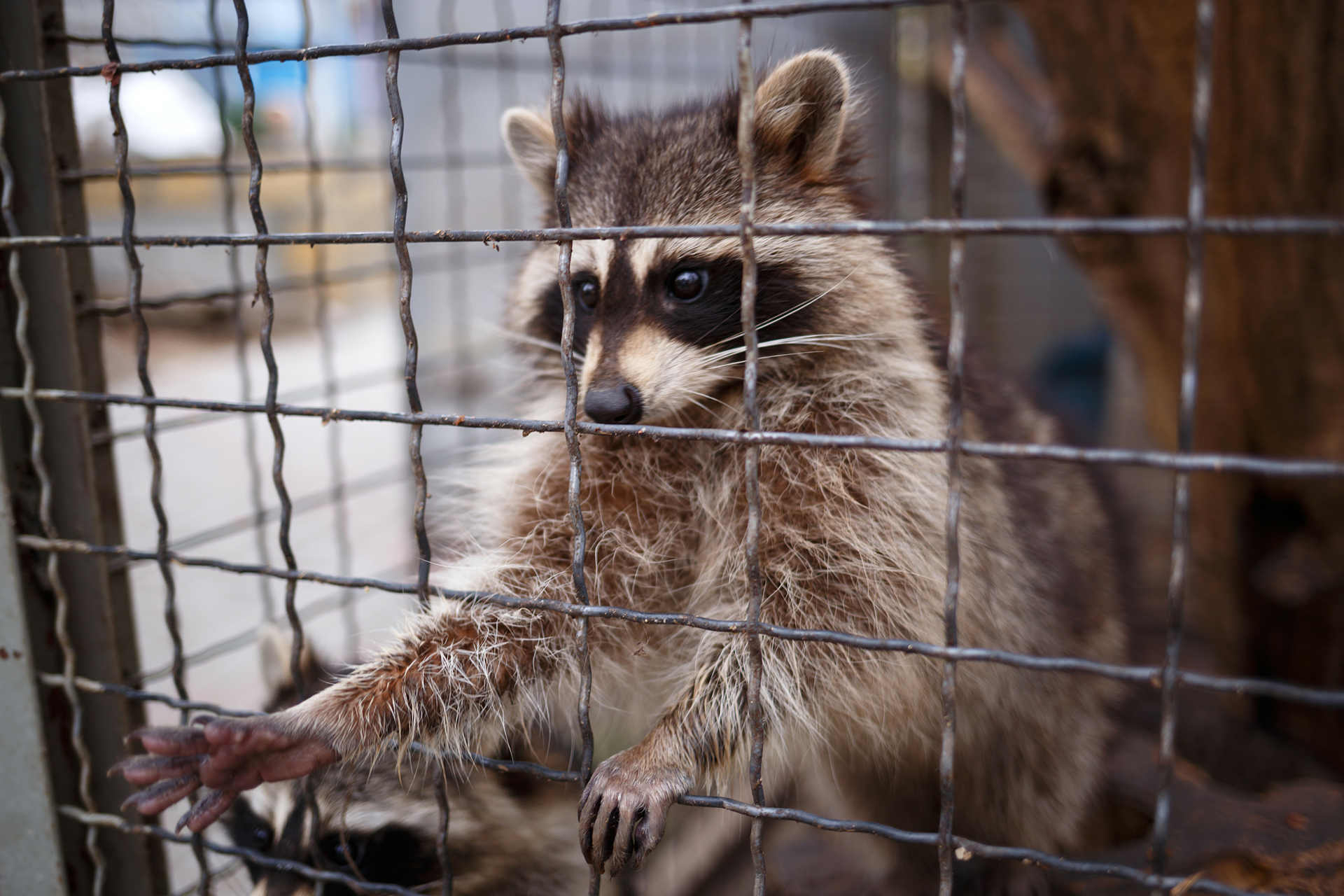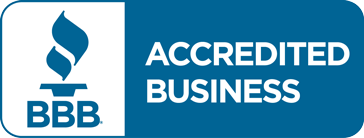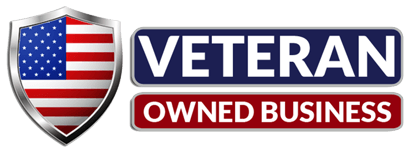Leave Dead Animal Removal To The Experts
The Critical Importance of Professional Dead Animal Removal
The importance of professional dead animal removal cannot be overstated. When dealing with the unfortunate situation of finding a dead animal, whether on your property or elsewhere, it’s important to recognize the potential risks and complexities involved. Many might underestimate the dangers, thinking it's a simple task that can be handled with basic tools and a bit of courage. However, dead animals pose numerous hazards that only trained professionals are equipped to manage. From health risks to legal implications, there are compelling reasons to leave this task to those who are expertly trained in handling such situations.
Signs In A Home
Detecting a dead animal hidden in your home can be challenging, but certain signs can help you identify the issue. One of the most noticeable indicators is a strong, unpleasant odor that persists and worsens over time. This smell, caused by the decomposition process, can permeate walls and floors, making it difficult to locate the exact source. Additionally, you might observe an increase in insect activity, such as flies or beetles, which are attracted to decaying matter. Another sign to watch for is unusual staining on walls or ceilings, which can result from bodily fluids seeping from the carcass.
One of the primary concerns when dealing with deceased animals is the significant health risks they pose. Dead animals can harbor a host of pathogens, including bacteria, viruses, and parasites, which can be harmful to humans. In addition to these pathogens, dead animals can also be infested with ectoparasites such as fleas, ticks, and mites. These ectoparasites can transfer from the animal's carcass to humans and pets, spreading diseases like Lyme disease, typhus, and the plague.
Professionals are trained to manage these risks effectively. They wear protective gear, use specialized equipment, and follow stringent safety protocols to ensure they are not exposed to these health hazards. Protective gear typically includes gloves, masks, and full-body suits that prevent direct contact with the carcass and associated ectoparasites. Specialized equipment helps in safely capturing and removing both the dead animal and the parasites it might harbor.
Proper Disposal Methods
Proper disposal is critical to prevent environmental contamination. Professionals follow specific procedures to ensure that dead animals are disposed of in a manner that minimizes the potential impact on the environment. This often involves transporting the carcass to designated facilities where it can be incinerated or otherwise processed in accordance with health and safety regulations.
By following these guidelines meticulously, professionals help prevent contamination of soil and water sources, protecting both public health and the environment.
Diseases transmitted by dead animals pose significant risks to both humans and pets. Common diseases include rabies, salmonella, and tularemia, which can have serious health implications. Rabies can remain active in a carcass for a few hours to a few days. Professionals are trained to identify signs of these diseases and take appropriate precautions to prevent their spread. They utilize methods that not only remove the carcass but also sanitize the affected area, reducing the likelihood of disease transmission.
Expertise In Handling Hazardous Materials
Handling dead animals often involves dealing with hazardous materials, such as bodily fluids and decomposing tissue, which can pose significant risks if not managed correctly. Professionals possess the necessary expertise and certifications to handle these materials safely. Their training includes the proper use of personal protective equipment (PPE), safe handling techniques, and thorough cleaning and decontamination processes.
Attempting to remove a dead animal without proper knowledge can lead to exposure to harmful substances and increase the risk of injury or illness. A homeowner attempting to remove a decaying animal might not realize the need for respiratory protection against airborne pathogens, leading to potential respiratory infections.
Professionals use specialized equipment designed specifically for the job. This equipment includes items such as protective suits, respirators, and tools that ensure the thorough and safe handling of carcasses. These tools are far more effective than common household items, which are often inadequate for such tasks.
For instance, while a shovel from the garage might seem sufficient for moving a dead animal, it does not provide the same level of protection or efficiency as the tools used by professionals. Specialized equipment allows for the complete removal of the carcass and thorough cleaning of the area, ensuring that no harmful residues are left behind.
Improper disposal of dead animals can have serious environmental consequences. Decaying carcasses can contaminate soil and water sources, leading to broader ecological issues. Professionals follow eco-friendly practices to minimize these impacts, ensuring that dead animals are disposed of in a way that protects the environment.
Professionals may use biodegradable cleaning agents and follow protocols that prevent the release of harmful substances into the environment. The benefits of these practices are significant, as they help maintain the balance of local ecosystems and prevent the spread of contaminants that could affect wildlife and human populations alike.
Improper dead animal removal can lead to legal issues, including fines and penalties. There are regulations in place that dictate how dead animals must be handled and disposed of, and failure to comply with these regulations can result in legal action. Professionals are knowledgeable about these laws and ensure that their practices are fully compliant, avoiding legal troubles for their clients.
Property owners should avoid such legal pitfalls and ensure that the removal process is conducted in accordance with relevant laws and regulations.
Professionals are equipped to effectively manage and eliminate these odors. They use industrial-grade deodorizers and sanitizers that not only mask but remove the source of the odor.
Temporary tips for managing odors might include ventilating the area and using activated charcoal to absorb smells. However, these are stop-gap measures. The comprehensive approach taken by professionals ensures that the odor is fully addressed, providing a clean and pleasant environment once the removal is complete.
If you've discovered a dead animal on your property, don't risk your health by attempting to handle it yourself. Contact Patriot Wildlife for responsible, and thorough dead animal removal. Our trained experts use specialized equipment and follow strict protocols to ensure the job is done right, protecting you and your family from potential hazards.
